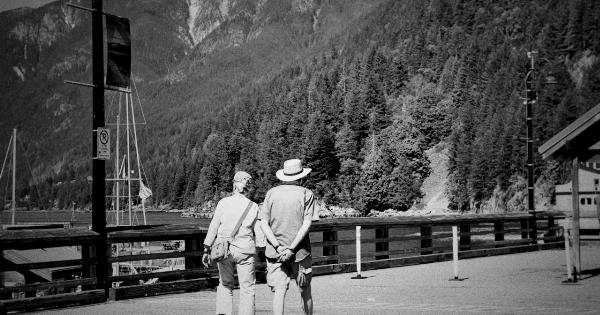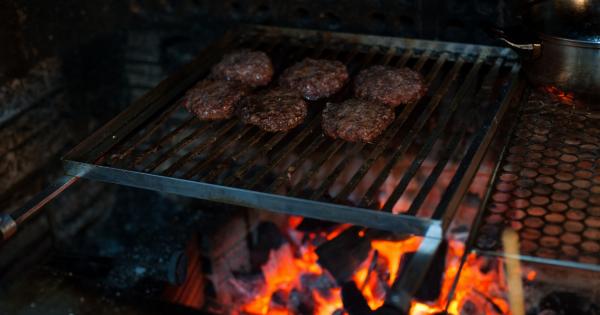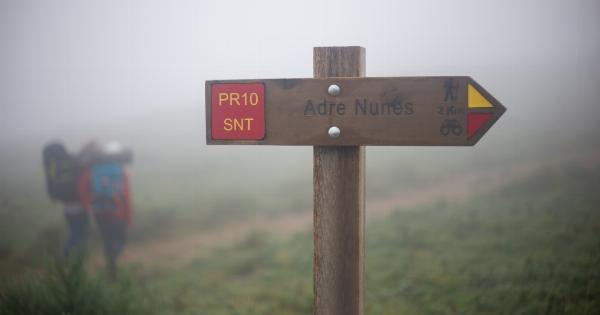Walking is one of the easiest and most accessible forms of exercise. It can be done anywhere and at any time of the day.
But how do you know if your walking routine is helping you achieve your fitness goals? One way to track your progress is to calculate your caloric burn while walking. In this article, we’ll explore how to calculate the number of calories you burn while walking and factors that can affect your caloric burn.
Method for Calculating Caloric Burn
The number of calories you burn while walking is influenced by several factors, including your body weight, speed of walking, and distance travelled. A walking calorie calculator can help you determine how many calories you burn while walking.
Here are two examples of formulas you can use:.
: The First Formula
Number of Calories Burned = (Body Weight in Kilograms x 0.03) x (Number of Minutes Spent Walking).
: The Second Formula
Number of Calories Burned = (Body Weight in Kilograms x 2.2) x (Walking Speed in Miles Per Hour) x (0.75).
The first formula is a simple calculation that takes into account your body weight and the amount of time you spent walking. The second formula is a bit more complex, but it also factors in the speed of your walking.
You’ll notice that both formulas involve your weight in kilograms instead of pounds. To convert your weight from pounds to kilograms, simply divide by 2.2.
Factors That Affect Caloric Burn
Several factors can impact the number of calories you burn while walking. These include:.
Body Weight
The heavier you are, the more calories you’ll burn while walking. This is because it takes more energy to move a heavier body. So, if you’re looking to burn more calories, you may want to consider wearing a weighted vest or backpack.
Walking Speed
Generally, the faster you walk, the more calories you’ll burn. This is because your body is working harder to move at a faster pace. However, you don’t have to walk at a breakneck speed to see results.
Even a moderate pace can provide health benefits.
Distance Travelled
The further you walk, the more calories you’ll burn. This is because you’ll be moving for a longer period of time, which means your body will need more energy to keep going.
If you’re just starting a walking routine, aim to increase your distance gradually.
Terrain
The type of terrain you’re walking on can also affect your caloric burn. Walking uphill or on a rough surface will require more energy than walking on a flat surface.
So, if you’re looking for a challenge, try incorporating some hills or stairs into your walking route.
Age and Gender
Age and gender can also play a role in your caloric burn. Generally, younger people tend to burn more calories than older people, and men tend to burn more calories than women.
However, these differences are not significant enough to make a huge impact on your caloric burn.
Conclusion
Walking is a great form of exercise that can help you maintain good health and reach your fitness goals. By tracking your caloric burn while walking, you can ensure that you’re getting the most out of your exercise routine.
Use one of the formulas provided in this article to calculate your caloric burn, and remember to consider the factors that can impact your results.


























